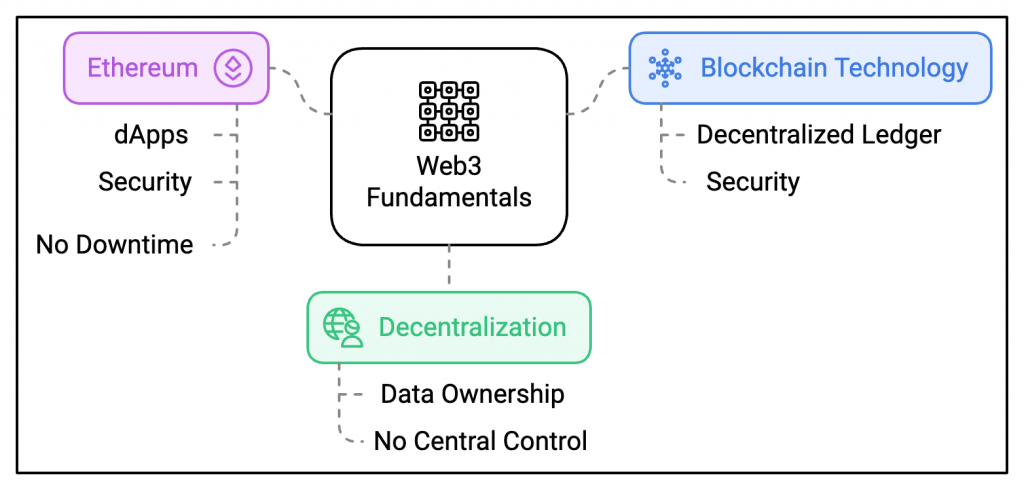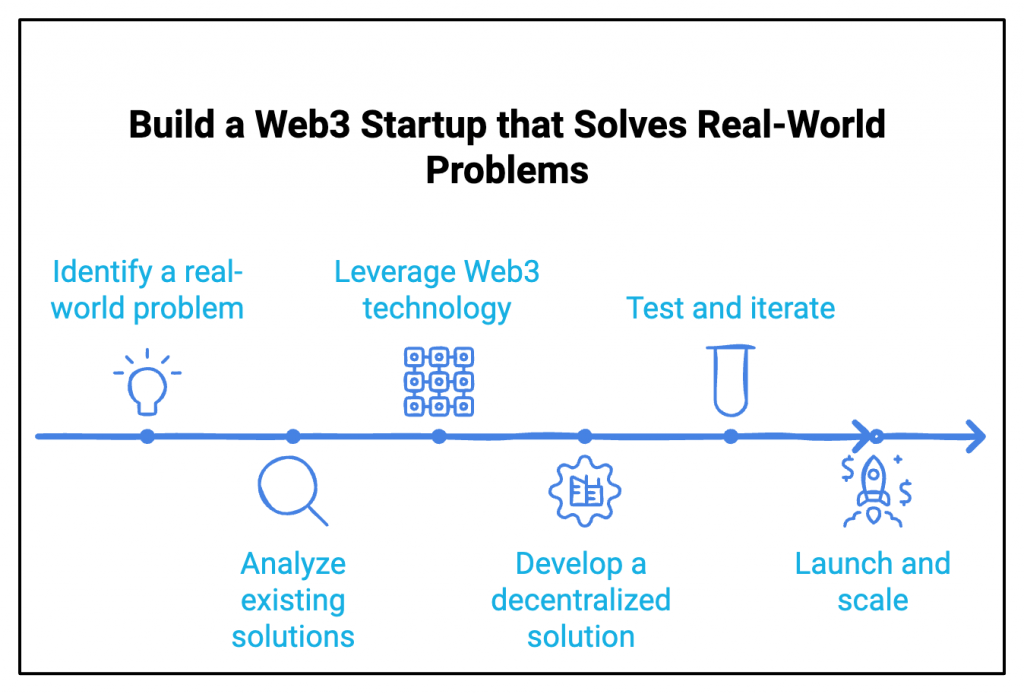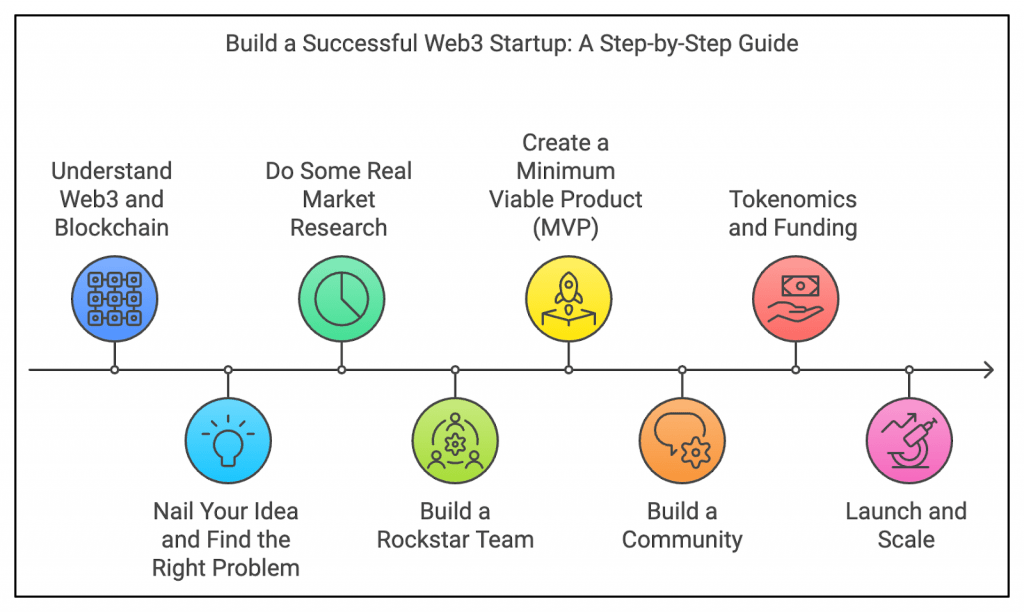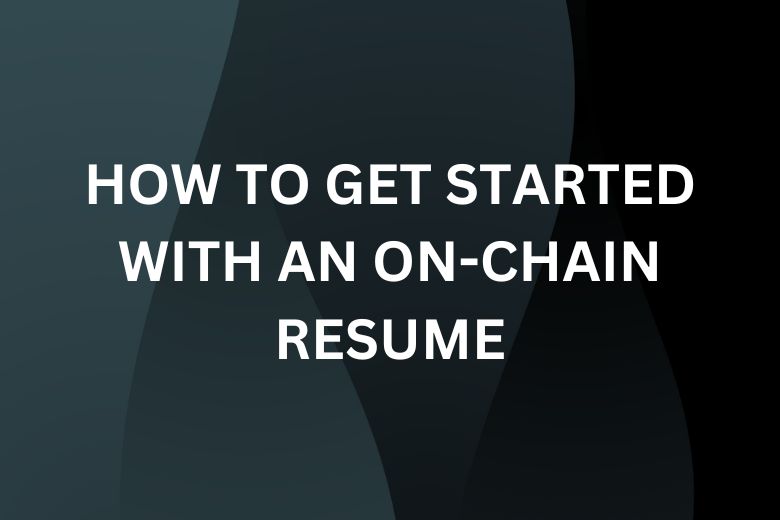A Step-by-Step Guide to Build a Web3 Startup
If you’re ready to dive into the Web3 world and build something extraordinary, this guide will uncover everything you need to know. Web3 is more than a trendy word – it’s a new way of thinking about technology, ownership, and the internet. Unlike Web2, where centralized platforms control everything, Web3 gives power back to the people through decentralization and blockchain technology.
Do you want to build a Web3 startup? Cool. Keep learning our guide to walk through the steps of the process, from getting your idea off the ground to scaling it like a pro.
Understand Web3 and Blockchain
Initially, you can’t build in Web3 without understanding the fundamentals. Web3 is built on blockchain technology, like a decentralized ledger that keeps track of everything transparently and securely. Whether cryptocurrencies like Bitcoin and Ethereum or NFTs (Non-Fungible Tokens), it all comes back to the blockchain.
What makes Web3 different? Well, the whole idea is that no one controls everything. It’s a shift away from centralized companies (like Facebook or Google) controlling your data. In Web3, you own your data. Blockchain is the underlying technology, which means transactions or any information entered is secure and can’t be tampered with.

Nail Your Idea and Find the Right Problem
Next up is your idea. The finest Web3 startups solve real-world problems. This isn’t just about jumping on the latest trend (NFTs, anyone?), but about finding a need that Web3 tech can solve. Start by asking yourself, “What’s broken in the current Web2 world that I can fix with decentralization?”
But don’t just stop there. Dig deeper into what your audience needs. Maybe they need faster financial transactions (DeFi), better data control (decentralized social networks), or more privacy (blockchain-based messaging). Whatever it is, make sure you’re solving a pain point.

Do Some Real Market Research
Before you write a single line of code, validate your idea. You need to know there’s demand for what you’re building. Get on platforms like Discord, Reddit, and Twitter, where Web3 communities hang out. These are your potential users, and they won’t hesitate to tell you if your idea is trash – or if it’s the next big thing.
Build a Rockstar Team
No startup succeeds solo. You need a squad of experts who get Web3. Your team should include blockchain developers, marketers who understand Web3’s unique community-driven culture, and legal advisors who can navigate the regulatory challenges of this still-evolving space.
Key Roles to Fill
- Blockchain Developers. These specialists are essential. They need to know Solidity (Ethereum), Rust (Solana), or whatever blockchain you’re building on. They’ll create smart contracts and ensure your dApp is secure.
- Community Managers. Unlike traditional startups, Web3 thrives on community involvement. A strong community manager will keep your users engaged, excited, and involved in shaping your project.
- Legal Advisors. Don’t overlook the legal side. Web3 is still developing its legal framework, so you’ll want someone who understands crypto laws and regulations.

Create a Minimum Viable Product (MVP)
Your next step is to build an MVP – a minimal version of your project that you can release to the public. This is not the time to overbuild. You want a basic product that solves the core problem and can start gaining traction. From there, iterate and improve based on feedback from early users.
Make sure your MVP includes
- A secure, smart contract-based solution.
- A smooth user experience (even if it’s minimal).
- Basic community features (let users give feedback).
Build a Community
In Web3, your community isn’t just users; they’re partners. The people using your platform will have a direct say in how it evolves (that’s the beauty of decentralization). Platforms like SushiSwap and Aave have giant communities of users who feel ownership over the project. The stronger your community, the more successful you’ll be.
How to Engage
- Start a Discord server or Telegram group for your project.
- Host AMAs (Ask Me Anything) sessions to connect directly with your users.
- Offer early adopters special access or tokens to incentivize participation.

Tokenomics and Funding
Tokens power Web3 projects. You’ll need to develop a tokenomics model that outlines how tokens are distributed, what they’re used for, and how they benefit users. Will your users earn tokens through participation (like Filecoin)? Or will they stake tokens to access services (like Aave)?
Once you’ve nailed down your tokenomics, you can explore funding options like Initial Coin Offerings (ICOs) or seek venture capital. The key is offering value to your early investors while ensuring your project stays sustainable.
Launch and Scale
Once you have an MVP, a strong team, and a growing community, it’s time to launch. But don’t stop there. Web3 is constantly evolving, and so should your project. Keep listening to your users, updating your product, and scaling your platform.
Key Tactics for Scaling
- Partnerships. Partner with other Web3 platforms to build credibility and reach new users.
- Community Growth. Keep engaging your community through events, giveaways, and airdrops.
- Security. Web3 is all about trust. Make sure security firms regularly audit your platform to avoid any hacks.

The Main Takeaways
Building a Web3 startup is an exciting journey but not easy. You need to know your tech, solve real problems, and keep your community at the heart of everything you do. If you play your cards right, your startup could be the next big hit in this decentralized world. Good luck out there, and don’t forget to stay connected with your community, stay flexible, and, most importantly, stay curious.



